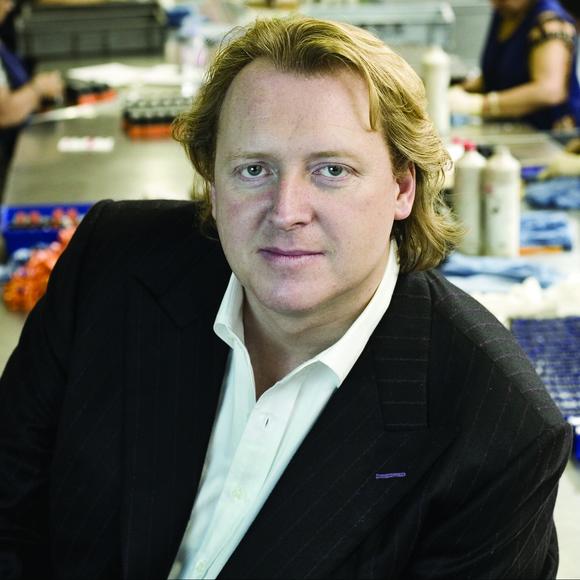Like the angry headlines about bankers’ bonuses, footballers’ off-pitch behaviour and spending by Government departments, this year’s newspaper-led criticism of excessive packaging was nothing new. The arguments may have been heard before but that doesn’t mean the criticism is unjustified and, as with the other examples of excess, it increasingly jars with the public mood.
This is the decade of the consumer with a consciousness. Responsible consumers know that natural resources are not infinite and they want to purchase goods that are guilt-free. They cannot do this when the accompanying packaging goes way beyond what is necessary to protect the product within. Excessive packaging makes a major contribution to the UK’s appalling record on household waste.
I am aware that packaging itself is not the enemy here, as it performs a vital function in ensuring a product – whether food or otherwise – reaches the purchaser in perfect condition, while at the same time communicating key information. Having said that, the industry has let itself down with over-packaging, non-recyclable packaging or green-wash claims about packaging.
Despite media attention flaring up every so often, real progress is slow, which I believe is partly because the focus of the debate is always on how to reduce and recycle packaging rather than on reuse, which is overlooked.
So much of what we throw away is made for one use only, a legacy of the disposable society we are supposedly trying to move away from. Yet there are hundreds of everyday products in the home, from perfume bottles to printer cartridges, that are to all intents and purposes packaging themselves. These could easily be refilled and reused to prevent huge amounts of unnecessary waste going to landfill.
Reuse is far better environmentally than recycling, which, particularly in the case of plastics recycling, can actually be quite an inefficient process. Often it involves using a heat-based industrial process to break a product down into its constituent parts, and then using them to make new products. It is worth noting that, once broken down, not everything can be reused.
Instead of turning an item into a raw material for use in a new product, why not design it in such a way that it can be reused for its original purpose? This is not a new concept: putting milk bottles out to be collected, cleaned and refilled was ingrained behaviour for decades. If something performs the task for which it was designed perfectly, there is no logical reason for us to throw it away only to then buy a new version which has been refilled.
It is encouraging to see refill pouches for some products like fabric conditioners and coffee appearing, but these examples are few and far between. What we really need is a cultural shift in the way all of us – politicians, manufacturers, retailers and consumers alike – think about these so-called waste items. Having had our collective minds focused by the impacts of the recession, society is focusing on waste and inefficiency at all sorts of levels, which includes household waste and packaging.
Rather than being a challenge to the packaging industry, it strikes me that this can actually be a golden opportunity to develop packaging products that can be reused, have longer lives or are easy to be remanufactured. There is no reason why packaging manufacturers cannot take these tasks in-house and drive forward the sustainability agenda, rather than be pushed towards it by outside pressure.
There will be resistance, but what better way to illustrate responsibility to the planet than to incorporate reuse where possible? For the sake of future generations it cannot be right to continue treating the Earth as a giant rotating dustbin.
Views expressed on this page are those of the author and may not be shared by this publication.
About Environmental Business Products
Environmental Business Products is Europe’s largest collector and remanufacturer of used inkjet cartridges. The company pioneered the collecting, cleaning and refilling of empty ink cartridges and has diverted at least 50 million inkjet printer cartridges from being sent to landfill. The process of remanufacturing can be repeated up to six times, depending on the cartridge type and its condition. Product unfit for remanufacturing falls within the company’s green ethics policy of ‘zero landfill’ and is recycled in the traditional way.
Patrick Stead, founder and Chief Executive of Environmental Business Products. Patrick Stead


